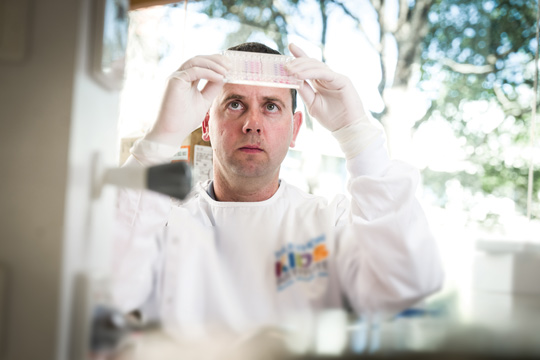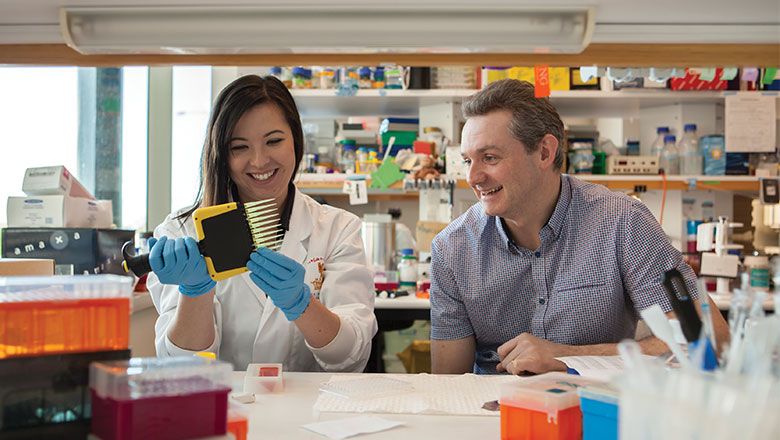Search
Research
Regular exercise improves the well-being of parents of children with cancerMental health benefits of a pedometer-based exercise intervention for parents of children with cancer were identified.
Research
CCI-007, a novel small molecule with cytotoxic activity against infant leukemia with MLL rearrangementsIdentified CCI-007 as a novel small molecule that displays rapid toxicity towards a subset of MLL-r, CALM-AF10 and SET-NUP214 leukemia cell lines
Research
The role of CCN family genes in haematological malignanciesHaematological malignancies, although a broad range of specific disease types, continue to show considerable overlap in classification, and patients are...
Research
Risk of cancer among children with birth defects: A novel approachThis novel approach aimed to prevent inflated hazard ratios arising from reverse causation, and allow identification of associations beyond those already...

News & Events
Researchers unlock potential new cancer weaponIn an exciting breakthrough for cancer treatment, a new weapon to enable the immune system to combat the disease may have been unlocked.

News & Events
Global war on brain cancerDr Nick Gottardo and Dr Raelene Endersby from The Kids Research Institute Australia are the driving force behind an innovative, global action group on child brain cancer.
News & Events
Study finds folate protects against childhood brain tumoursA national study led by Perth's Telethon Institute has found that folic acid supplements before and during pregnancy reduces the risk of childhood brain tumours
News & Events
New insight into treatment options for rare childhood brain tumour, 2011 Media Release, Telethon Institute for Child Health ResearchA new study led by Australian researchers has outlined for the first time the best treatment options for children suffering from meningioma
News & Events
Continuing the cancer fightWork by the Institute's Division of Children's Leukaemia and Cancer Research has been recognised with three research grants from the Cancer Council of WA.
News & Events
Apache Energy joins Telethon Institute in cancer research partnershipApache Energy and the Telethon Institute for Child Health Research today signed a two-year partnership
